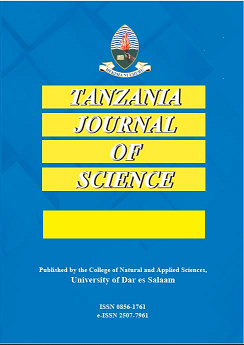A Mathematical Model for Malaria Transmission Dynamics in the Population with Different Immune Status
DOI:
https://doi.org/10.4314/tjs.v50i4.9Keywords:
Non-immune, Semi-immune, Reproduction number, Bifurcation analysisAbstract
Malaria is a febrile illness affecting a large population worldwide. Even though malaria is curable and preventable it continues to pose a significant health risk, economic effects, and social effects in the population. This study formulates a mathematical model to study the transmission dynamics of malaria in a population with different immune status. By dividing the population based on immune status, the model provides insights into how immunity influences the interaction between hosts and malaria parasites, particularly in terms of infection rates, immune responses, and propose appropriate control for effective elimination. The basic reproduction number is computed using the next-generation matrix approach. The analysis shows that the model can undergo forward bifurcation when the basic reproduction number , thus, the condition of necessary and sufficient for malaria elimination. The numerical simulation results indicate that non-immune individuals play a more significant role in malaria transmission compared to semi-immune individuals. This is because non-immune individuals, lacking strong immunity, are more susceptible to malaria infection. Moreover, the results highlight the effect of mosquito biting rates on the susceptible and infectious population. The findings underscore the importance of considering immune heterogeneity within the population when developing strategies to control and eventually eradicate malaria.


